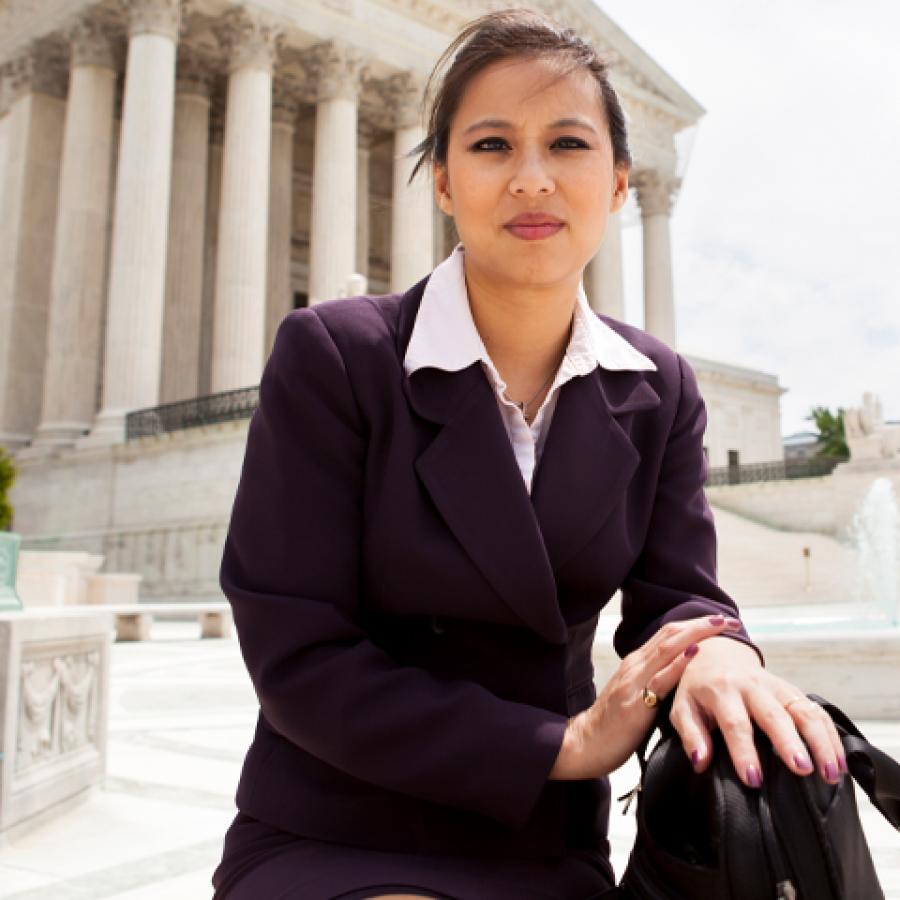Diversity of electeds
- While the region is 64 percent people of color, people of color hold just 39 percent of top local elected offices.
- Regionwide, men are overrepresented in top elected positions, but women have gained ground, increasing their share of seats to 48 percent as of February 2025, from 44 percent in July 2019.
- Asian Americans and Latinx populations continue to be sorely underrepresented among local electeds. Latinx and Asian Americans make up over half of the region’s population but are just 28 percent of top local elected officials.
- Among the nine counties, Napa County has the highest overrepresentation of White elected officials compared to its population as a whole.
People of Color Continue to Make Modest Gains in Bay Area’s Halls of Power (September 15, 2023)
 Friday, September 15, 2023 to Friday, September 15, 2023https://localnewsmatters.org/2023/09/15/people-of-color-continue-to-make-modest-gains-in-bay-areas-halls-of-power
Friday, September 15, 2023 to Friday, September 15, 2023https://localnewsmatters.org/2023/09/15/people-of-color-continue-to-make-modest-gains-in-bay-areas-halls-of-power Bay Area Asian Population Strong in Numbers, Vastly Underrepresented in Politics
Bay Area's Latinx Population Remains Highly Underrepresented in Local Politics
Despite Progress Since 2018, Bay Area Diversity Not Reflected Among Top Local Electeds
Equity Ripples: Diversity Of Elected Officials Lags Behind Population Changes (July 25, 2019)
 Thursday, July 25, 2019 to Thursday, July 25, 2019https://www.sfgate.com/news/bayarea/article/Equity-Ripples-Diversity-Of-Elected-Officials-14143365.php
Thursday, July 25, 2019 to Thursday, July 25, 2019https://www.sfgate.com/news/bayarea/article/Equity-Ripples-Diversity-Of-Elected-Officials-14143365.php The underrepresentation of people of color in elected offices — even in jurisdictions with large communities of color — is an outcome of the deep legacy of racial exclusion in electoral politics throughout American history. Since the end of the Civil War, racist public institutions and civilians have used a variety of mechanisms — poll taxes, residency requirements, literacy tests, intimidation, and physical violence — to deny Black people their right to vote. In many jurisdictions, legislatures have used (and continue to use) gerrymandering to split voters of color across electoral districts and thus dilute their political power, or run at-large elections that can overlook the concerns of smaller voting blocs. Long hours, low pay for electoral work, and the high costs of running a campaign disproportionately disadvantage people of color and low-income candidates who have limited personal wealth. The increasing flood of private-sector money into local campaigns adds to the financial challenge for candidates attentive to working-class concerns. With so few electeds from working-class communities of color, there is also limited existing organizational infrastructure to recruit, train, organize, and mentor promising young people in campaigns and electoral politics.
-
Establish public campaign financing that addresses funding barriers for people of color seeking office.
-
Pass campaign financing reforms that limit "pay-to-play" politics and the influence of big money in local elections.
-
Consider switching from at-large to district-based elections, which increases the likelihood that elected officials will represent and address the interests of smaller voting blocs.
-
Expand leadership development programs that prepare people from low-income communities and communities of color to run for and win elected office, manage electoral campaigns, and effectively engage in public policy as staffers and advocates.
-
Strengthen democracy by increasing electoral participation among marginalized groups, expanding voting rights, and preventing the future rollback of voting rights.
-
Support community organizations that mobilize residents in harder-to-reach communities around civic engagement and democratic participation, especially young people.
- Foster racial inclusion in governance and multiracial alliances, coalitions, and movements to advance policy change.
Tamisha Torres-Walker's Story
Antioch City Councilmember Tamisha Torres-Walker had no political ambition — an admission of her own. However, she ran for office because she felt that none of the other candidates reflected the values and lived experiences of the city’s communities of color. People of color account for 73 percent of Antioch’s total population, but only 45 percent of elected officials representing the city, which includes Contra Costa County electeds, are people of color. When Councilmember Torres-Walker won her first term in 2020, she became the first Black Latina to join the five-member city council. She stepped into office clear on her priorities: to uplift and support communities of color. During her tenure, she has helped pass progressive policies like rent stabilization, guided the creation of a mobile mental health crisis team, and secured funding for transitional housing and violence prevention. Learn more.
Photo: Felix Uribe
Thursday, September 21, 2023 to Thursday, September 21, 2023- Organizations: Bay Rising; California Calls; Center for Inclusive Democracy
- Reports: Everyone Wins When Our Elected Officials Reflect the Diversity of the Region; Reducing the Voter Turnout Gap in San Francisco; Unleashing Latino Voting Power: Strategies to Boost Voter Participation Among Latino Youth; Designing Public Financing Systems to Advance Equity and Independent Political Power; Black Mayors are Leading the Nation’s Biggest Cities for the First Time
- Data: How Much Does the Legislature Look Like California?
Linguistic isolation


